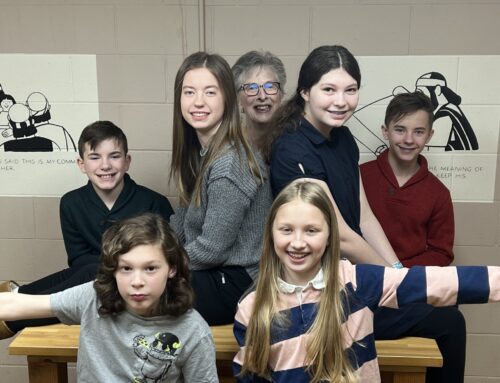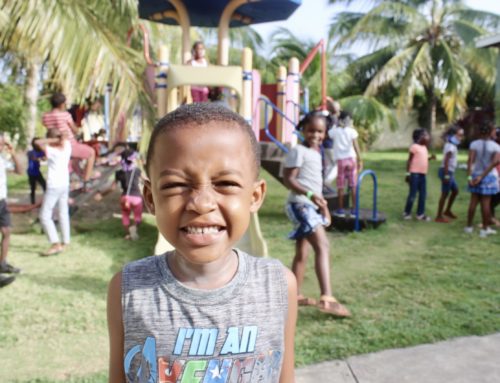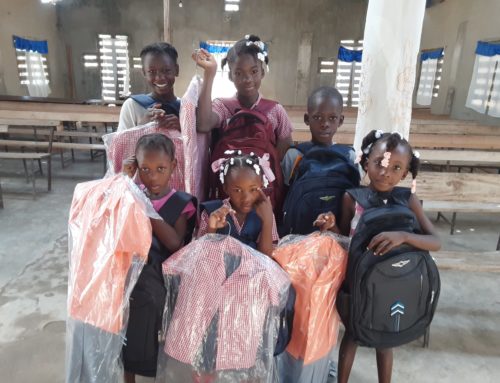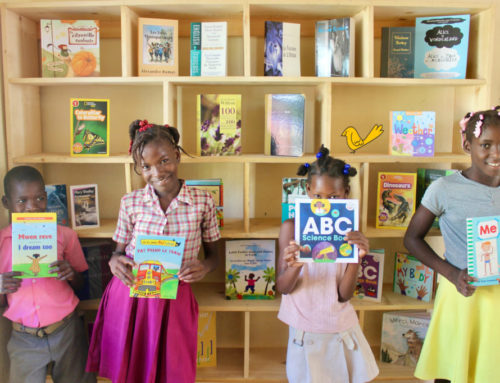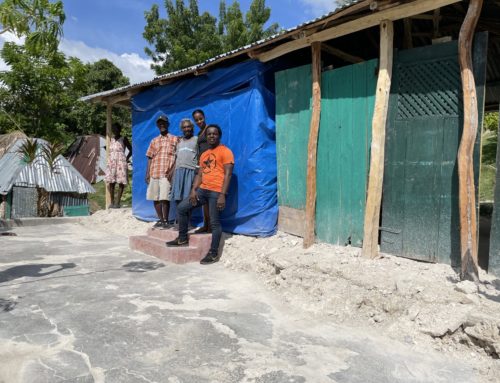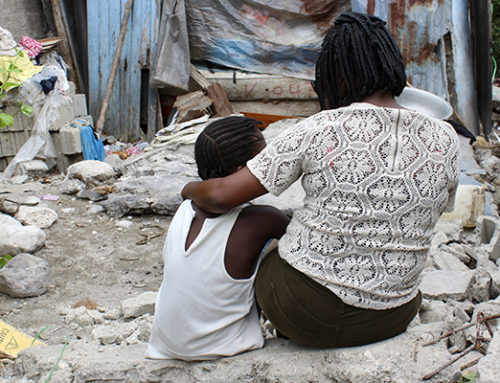Throughout Haiti and in other marginalized areas of the world, systematic problems exist on a catastrophic level and are incredibly complicated. Specifically in Haiti, harsh economic conditions, the blind eye of government, and extreme poverty have led to the exploitation of children through slavery. Child slavery takes many different forms, including forced labor conditions, early and forced marriage and human trafficking. The Restavek mission is simple: end child slavery in Haiti. However, the work involved is complex and relentless. When children are exposed to severe poverty, abuse and exploitation, trauma is endured and the developing mind is affected. The human brain continues to develop and form throughout the teenage years. When trauma occurs, there is significant impact on child development. Here’s how:

Emotional Distress
When a child is affected by trauma, it becomes much more common for there to be severe outbursts of wide-ranging emotions. Bursts of anger can easily be followed by bouts of depression. They can become guarded and detached; having lived through dangerous circumstances, traumatized children often do not trust others to ensure their safety. If there is a situation that smells of stress or tension, traumatized children are incredibly in tune to this, and they are quick to detach themselves, emotionally, mentally and physically, from these situations. Because of this emotional distress, traumatized children may be quick to “flip out” or throw a tantrum. They can be volatile and unpredictable, and often have very specific self-soothing techniques.
Dissociation
Dissociation is when a person has experienced a traumatic or terrifying experience, and learns to mentally separate themselves from the experience. While this is a defense mechanism for dealing with immediate, complex trauma, dissociation can be especially harmful in the long term. Individuals who dissociate often perceive themselves as detached from their bodies or existing in an altered state that is outside of reality. The memory of the trauma becomes something they have seen, something that has happened to someone else. Not to themselves. Childhood memories become fractured and there exists little continuity, and reality and fiction easily morph into one. This bended idea of reality makes it difficult to be present and aware of surroundings, impacting the individual in ways of cognition, intimacy and reality.
The Idea of the Future
For children of trauma, the future becomes a very uneasy area to occupy. Instead of cultivating skills and resources that contribute to independence and adulthood, children of trauma are forced to dedicate all their childhood energies on survival. There becomes little room for anything else. They become unable to plan ahead, consider the future, and make decisions that are toward specific goals. The ability to rationalize a personal future becomes nonexistent, and the focus is on the immediate present. This avoidance of future also impacts learning; children of trauma have a hard time taking in new information or maintaining focus on a new topic. Ultimately, to plan for the future, and to imagine a place for one’s self in that future, requires a great amount of confidence and hope. For children of trauma, this hope has been stripped down to make room for day-to-day survival.
What Constitutes Trauma?
Psychologists understand childhood trauma as what occurs when a child experiences an intense event that threatens their physical or emotional well-being. Examples of an intense event can include abuse, witness to abuse or violence, personal injury unrelated to violence or abuse, sexual assault and poverty. Many cases of child trauma that we see in Haiti are systematic, complex and layered. It is not one instance, or one thing, but includes a sustained period of trauma that results in even deeper effects.
Connect with Us
At Restavek Freedom, we believe that every action we take should be done in the name of ending child slavery. We have dedicated our work and our influence to caring for vulnerable children, educating and communicating with families, and challenging community leaders. Through child advocacy, we create spaces for children to lead lives that are outside of trauma and that offer the hope of health. Founded in 2007, we have more than 30 employees in Port-au-Prince and Port Salut, as well as a small support staff in Cincinnati, Ohio. Connect with us today to learn more about our services, and to discover how you can play a part in ending child slavery in Haiti.


